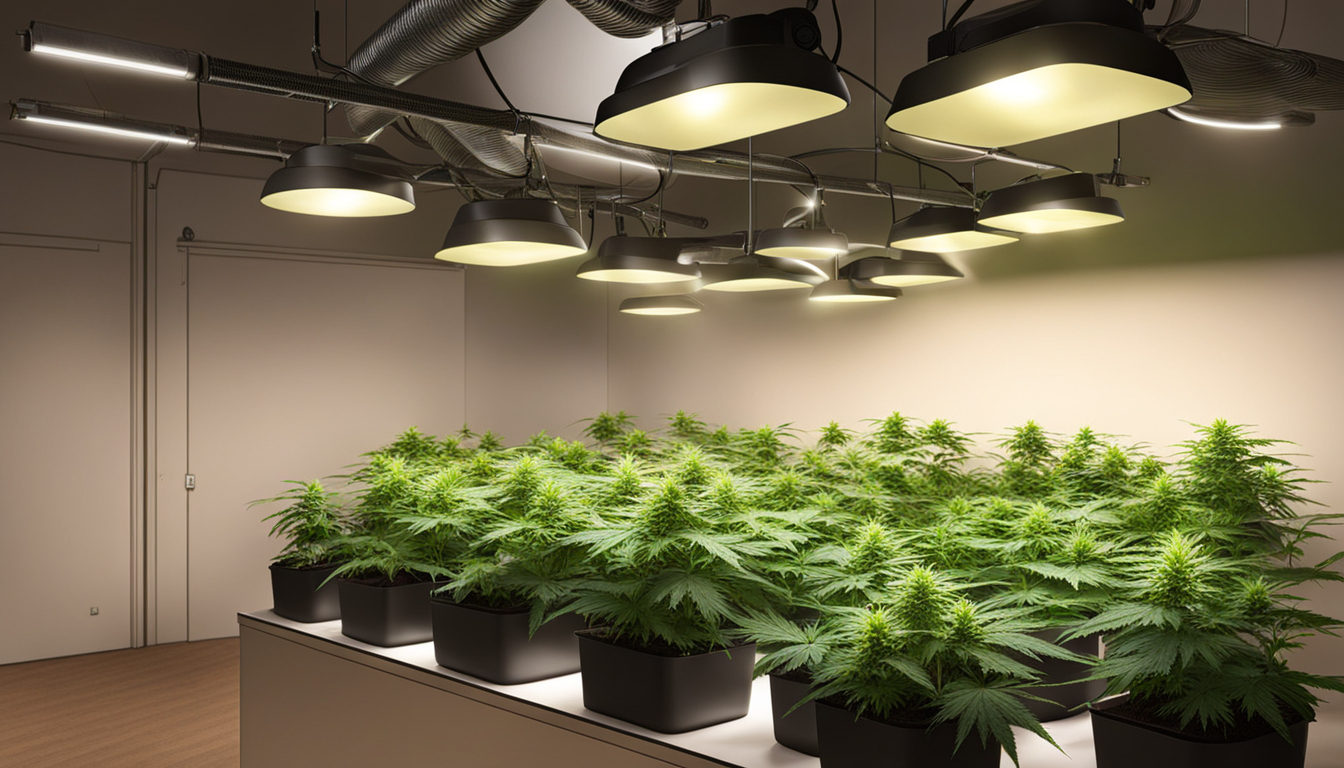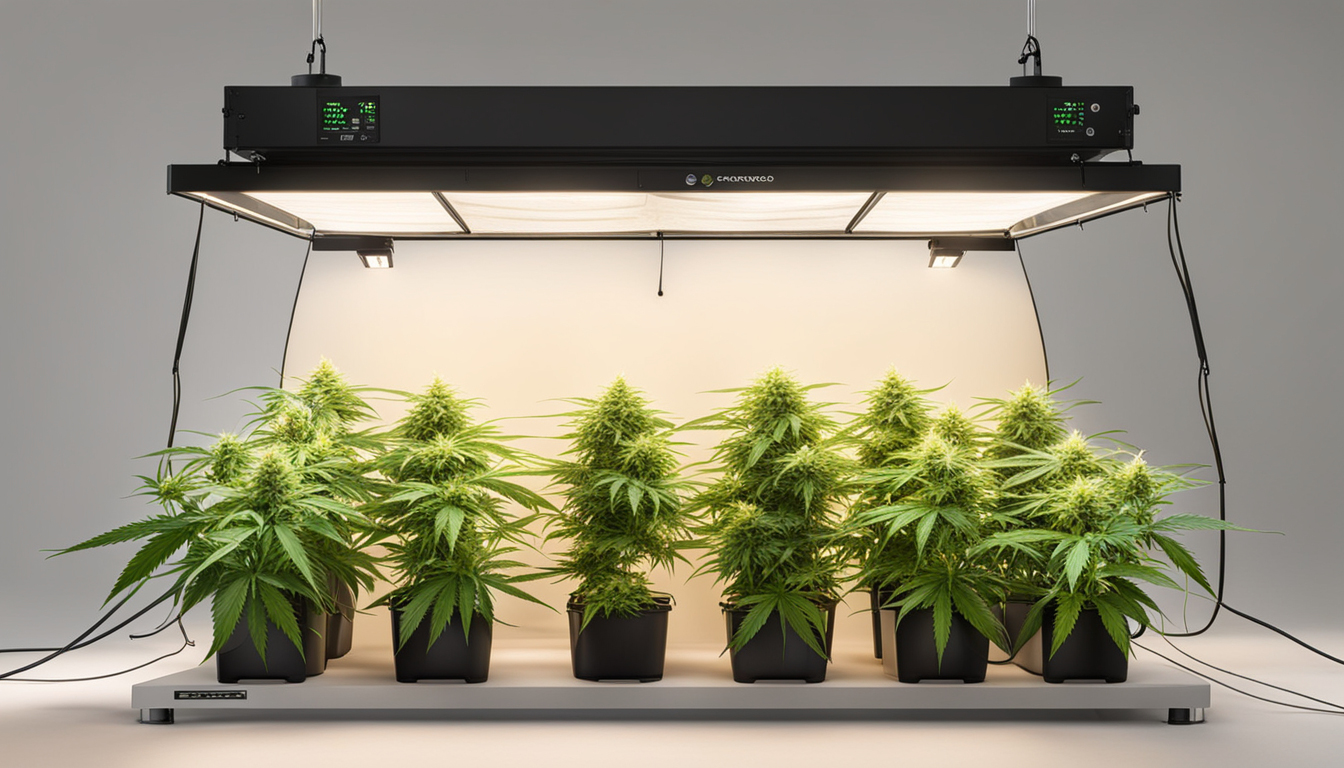
Whether you're just starting out with cannabis production or looking to improve your existing crop, following this complete guide will help you produce large, high-quality yields right at home. With the right supplies, techniques, and care, growing marijuana indoors can be an extremely productive and cost-effective endeavor.
Choosing Pot Strains
The first step in planning your indoor grow is selecting the right marijuana cultivars to produce. The three main types of pot plants each have their own characteristics.
Sativas
Known for their energizing intellectual effects, sativas spread tall and slender with narrow leaves. They flourish in tropical tropical climates and have a longer blooming time between 2.5-3 months indoors. Top energizing varieties include Sour Diesel, Durban Poison, and Jack Herer.
Indicas
Indicas provide relaxing full-body effects and grow short and bushy with broad leaves. Adapted to cooler mountain climates, they flower faster within 8-9 weeks. Popular indica strains include Granddaddy Purple, Northern Lights, and Bubba Kush.
Hybrids
Hybrid strains blend traits from both sativas and indicas. They offer combined effects and have moderate flowering periods around 2.25-2.5 months. Popular mixes are Blue Dream, OG Kush, and Blue Dream.

Setting Up Your Cultivation Space
Pot plants need the right controlled environment to thrive. Key factors for indoor farms are lighting, airflow, layout, and finding the ideal discreet area.
Location
Choose an empty space with quick access to water and power outlets. An empty extra bedroom, unused closet, basement corner, or grow tent securely placed in a garage all make great discreet grow room spots.
Lighting
Pot requires powerful light for all growth stages. LED grow lights are energy-efficient and come in broad spectrum options simulating natural sunlight. Provide 250-400 watts per square foot for the growth stage and 400-600 watts per square foot for flowering.
Airflow
Proper airflow and exhaust systems keep ideal temp, humidity, and pure CO2 levels. Set up quiet 10-15 cm blowers or carbon filters to circulate old air and eliminate smells.
Layout
Optimize your space by arranging plants strategically under the lamps and leaving room to access and work around them. Set up distinct zones for growth, flowering, drying, and propagation.

Growing Substrates
Marijuana can be grown in different substrates, each with pros and cons. Pick a suitable option for your particular setup and growing style.
Soil
The traditional medium, soil is inexpensive and easy for new growers. It provides great taste but requires more irrigation and fertilizing to feed plants. Amend soil with vermiculite or coir to improve aeration.
Coco Coir
Made from coir, reusable coco coir holds water but still allows air to the roots. It's more sterile and more predictable than soil. Use coir-specific nutrients to prevent calcium buildup.
Water systems
In hydro systems, plant roots develop right in nutrient irrigation solution. This allows quick growth but needs careful monitoring of solution properties. Deep water culture and irrigation systems are popular techniques.
Sprouting Seeds
Germination activates your pot seeds to begin growing radicles. This prepares them for transplanting into their cultivation Discover More medium.
Paper Towel Method
Put seeds between wet paper towels and keep them damp. Check after 2-7 days for growing taproots showing germination is complete.
Direct Planting
Insert seeds directly into wetted growing medium 6mm deep. Gently water and wait 7-14 days until sprouts break through the surface.
Rockwool Cubes
Soak rockwool cubes in balanced water. Place seeds 1⁄4 inch deep into the cubes. Keep cubes moist until sprouts appear within 1-14 days.
Transplanting Young plants
Once germinated, cannabis young plants need to be repotted to avoid overcrowding. Move them into proper sized containers.
Preparing Containers
Fill large pots with cultivation medium enriched with slow-release fertilizer. Let pots to absorb water overnight before transplanting.
Gently repotting
Carefully loosen seedling roots from germination medium using a spoon. Put into pre-soaked pot at equal depth as before and lightly water in.
Vegetative Stage
The growth stage encourages foliage and plant structure through 18-24 hours of daily light intensity. This stage usually lasts 1-2 months.
Using 3/4 to full day of Light
Use grow lights on a 24 daily schedule or outdoor light to initiate constant photosynthesis. Light intensity influences size and internodal spacing.
Fertilizing
Use vegetative stage fertilizers richer in N. Make sure pH remains around 5.8-6.3 for full fertilizer uptake. Fertilize 1⁄4 to 1⁄2 strength after 2 weeks and increase gradually.
Training Techniques
Topping, low stress training, and scrogging manipulate growth patterns for even canopies. This increases yields.

Bloom Stage
The blooming stage develops buds as plants show their sex under a 12/12 cycle timing. It lasts 2-3 months depending on strain.
Switching to 12/12
Change lamps to 12 hours on, 12 hours off or move outdoors for outdoor 12 hour cycle. This triggers plants to start flowering.
Stop Fertilizing
Flushing flushes out fertilizer residuals to enhance taste. Fertilize lightly the first period then just use pH'd water the final 2 weeks.
Flushing
Continue 12 hour photoperiod but leach using pH-balanced water only. Resume clean watering if buds aren't yet mature after two weeks.
Harvesting
Recognizing when marijuana is fully ripe ensures peak potency and aroma. Cut down plants at peak maturity.
Signs of readiness
Check fading pistils, swelling calyxes, and 10-15% cloudy trichs. Inspect buds across the plant as they won't all mature evenly.
Cutting Plants
Use clean, sharp trimming scissors to carefully cut each plant at Click Here the base. Keep several inches of stem attached.
Curing
Hang whole plants or colas inverted in a dark room with average temp and humidity around 50-60% for 1-2 weeks.
Curing
Aging keeps drying while improving the buds like fine wine. This process mellows harshness and intensifies cannabinoid and terpene profiles.
Curing containers
Trim cured buds from stems and place into sealed containers, filling about 75% capacity. Use a sensor to measure container humidity.
Opening jars daily
Open containers for a few hours each day to gradually lower moisture. Remoisten buds if RH drops below 55%.
Long term storage
After 2-3 weeks when moisture stabilizes around 55-60%, perform a last trim and keep long-term in airtight jars.
Troubleshooting
Even experienced cultivators run into various marijuana plant problems. Identify problems early and fix them properly to Donate Here keep a healthy garden.
Poor feeding
Yellowing leaves often indicate inadequate nitrogen. Purpling stems and leaves signal phosphorus deficiency. Test pH and increase fertilizers gradually.
Bugs
Spider mites, fungus gnats, mites, and root aphids are frequent cannabis pests. Use organic sprays, ladybugs, and sticky traps for organic control.
Mold
Excessive humidity promotes botrytis and bud rot. Increase airflow and venting while reducing humidity under 50% during flowering.

Conclusion
With this complete indoor marijuana growing guide, you now have the knowledge to grow plentiful strong buds for private harvests. Follow these techniques and methods during the seed starting, vegetative, and bloom stages. Spend in quality equipment and carefully check on your plants. In time, you'll be compensated with sticky aromatic buds you grew yourself under the patient guidance of your green hands. Good luck cultivating!